MomBalm is full of ideas for things you can add to your life to ease stress, create meaningful moments, and find clarity. But just as important are the things you can remove or avoid. Sometimes, cutting back on a few key habits can make all the difference in lowering stress and creating space to show up as the version of yourself you’re proudest of.
I’ve been guilty of all these behaviors in the past, and I’ve seen firsthand the benefits of letting them go—or at least avoiding them more often. Do I still slip up sometimes? Absolutely. I’m still human, and that’s okay. (i.e. Do I still love ice cream? Yes. Yes I do.)
Living mindfully doesn’t mean embracing a dull, rigid life of abstinence or avoiding all indulgences. It means paying attention to how your choices affect your well-being—and the well-being of the people you love. Small, intentional shifts can make a big impact.
Try cutting back on one, a few, or all of these things this week, and pay attention to how you feel by the end. Are you feeling more calm, rested, or focused? Noticing those changes is a powerful reminder of the difference even a few small adjustments can make.
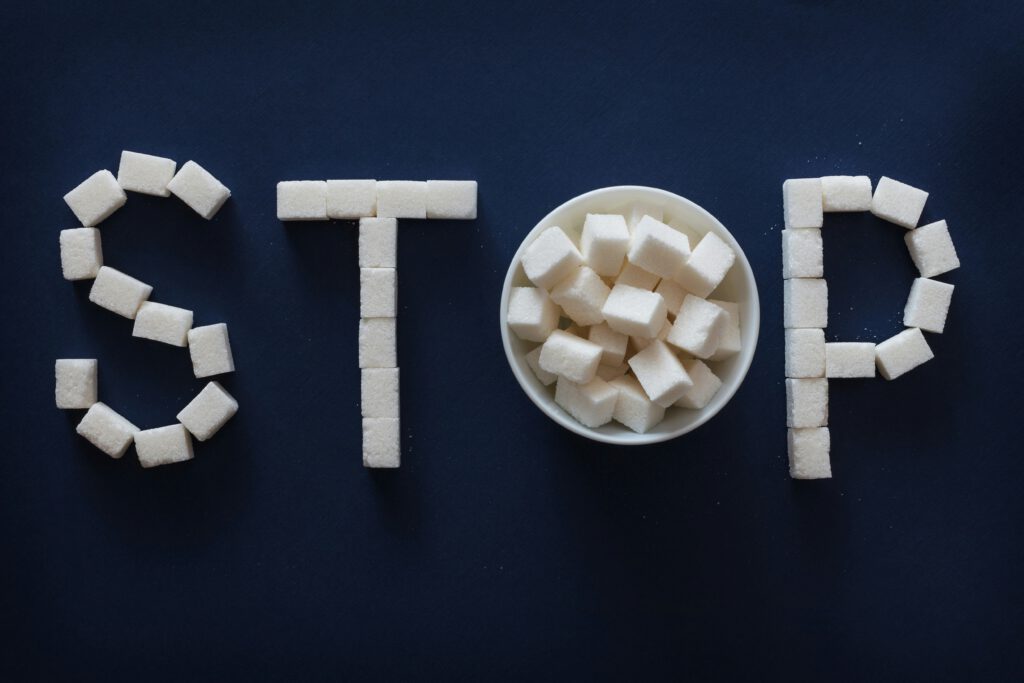
1. Sugar and Processed Foods
Sugar and processed foods might offer a quick fix of energy, but they often leave you feeling worse in the end—sluggish, irritable, and foggy. For me, processed foods consistently lead to inflammation, pain, and water retention. Cutting back on sugar has been one of the most powerful changes I’ve made, helping stabilize my mood, energy levels, and alleviate the constant feeling of uneasiness in the pit of my stomach.
The Gut Connection
Your gut, often called your “second brain,” plays a major role in regulating mood, energy, and overall health. Excess sugar feeds harmful bacteria in the gut, upsetting the balance of good bacteria that support digestion and mental clarity. By reducing sugar and focusing on whole, nutrient-rich foods, you help your gut thrive—which makes you feel better, too.
Breaking the Convenience Cycle
When life gets busy, it’s tempting to rely on easy-to-grab, processed snacks. But this can lead to a vicious cycle: the worse you feel, the harder it becomes to put in the effort to make healthier choices. I’ve been there. My default used to be skipping meals entirely and running on coffee with cream and sugar. When I did eat, it was often something from the pantry on my way to the next task. And my nightly ice cream habit? I justified it by saying, “Well, I didn’t eat much during the day.”
What Works for Me Now
In the past, I’ve attempted big changes all at once—meal prepping for the week, committing to all whole foods, cooking three square meals a day, and even making separate meals for myself and my family. But none of these were sustainable in the long run. I was trying to do too much, too fast, and squeezing complex routines into a schedule that just couldn’t support them. Over time, I’ve learned that simplicity is the key to staying on track. Here are some of the ways I make sure I make room for nutrition during the day:
- Easy, Healthy Snacks: I keep fresh fruit, yogurt, veggies with hummus, and nuts on hand for quick grabs. (My daughter thinks this is gross, but I think mixing plain greek yogurt with peanut butter is almost as good as ice cream, and has none of the added sugar.)
- Simple Salads: A handful of leafy greens with beans, quinoa, avocado, salsa, and cheese takes minutes to throw together and keeps me full.
- On-the-Go Options: I always carry a Clif bar in my bag to avoid resorting to convenience food on the go.
This strategy may not deliver the perfect variety of nutrients that more complicated efforts would, but it’s realistic—and a lot better than the processed foods or fasting that I was relying on in the past. Avoiding sugar, extra sodium, and preservatives while prioritizing whole foods has had a profound effect on my energy levels and mood.
The Payoff
I no longer wake up with that sick, queasy feeling in my stomach. My energy levels are higher, my mood is more stable, and I feel better equipped to handle life’s unpredictability. Instead of just surviving my days, I’m actively participating in them—and that’s a win worth celebrating.
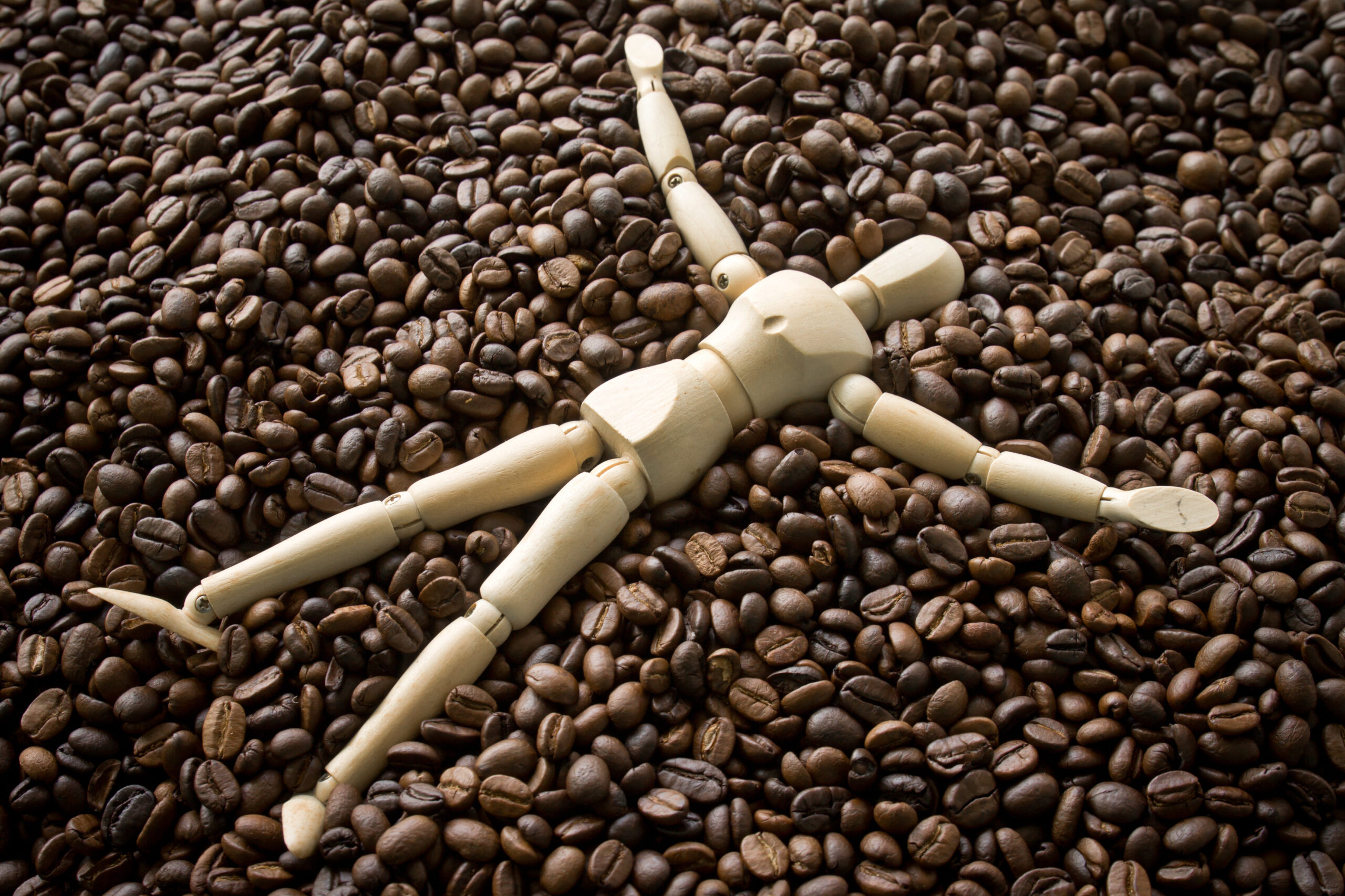
2. Caffeine Overload
Caffeine is a double-edged sword. In small doses, it can perk you up and improve focus, but overdoing it can disrupt your sleep, spike anxiety, and make stress harder to manage. Limiting your caffeine intake, especially in the afternoons and evenings, can have a noticeable impact on your overall well-being.
I used to drink so much caffeine—not just coffee, but energy drinks, green tea, and diet soda too. I was perpetually exhausted and constantly reaching for a pick-me-up. At some point, though, I noticed that caffeine wasn’t actually giving me more energy anymore; it was just staving off the withdrawal headaches.
The Downsides of Caffeine
I thought my caffeine habit was helping me power through my endless to-do list, but in reality, it was making everything harder. Excess caffeine can:
- Disrupt Sleep: Caffeine stays in your system for hours, reducing the quality of your rest even if you fall asleep at your usual time. Poor sleep leads to irritability, fatigue, and reduced ability to cope with stress.
- Exacerbate Anxiety: Caffeine triggers your adrenal system, increasing cortisol (the stress hormone). This can leave you feeling jittery, agitated, and overly sensitive to small stressors.
- Cause Energy Crashes: The temporary spike in energy is often followed by a sharp crash, leaving you even more tired than before.
- Create Dependency: Over time, your body builds a tolerance to caffeine, requiring more and more to get the same effect. Eventually, you’re drinking it just to feel “normal,” not energized.
When Caffeine Mimics Stress
What made me really reevaluate my caffeine habit was a point I read in Walking Through Anger (*affiliate link*) by Christian Conte. He explains how our minds try to make sense of what our bodies are feeling. If you’re jittery or agitated from caffeine, your brain assumes there’s a threat and goes on high alert to identify it. That physiological reaction can make you jumpy, hypersensitive, or even unnecessarily irritable.
This realization hit hard. I’d been feeding my body caffeine to “help” myself show up for the day, but I was actually fueling unnecessary stress. Once I cut back, I noticed I felt calmer and more in control.
Finding Balance
Now, I enjoy caffeine only occasionally—usually a morning coffee or a soda as a treat. While I might savor the drink in the moment, I’m often reminded shortly afterward why I prefer not to make it a daily habit. That jittery, uneasy feeling is just not worth it for me anymore.
If you’re trying to cut back, start small. Swap one caffeinated beverage a day for water or herbal tea. You might notice you feel less “amped up,” more steady throughout the day, and better equipped to handle life’s challenges. Reducing caffeine isn’t about deprivation; it’s about listening to your body and noticing how much better you feel without it constantly in your system.

3. Social Media and Mindless Scrolling
Social media and phone use can quickly shift from connection to comparison or a doomscrolling spiral. While a little intentional scrolling might inspire or inform, too much often leaves us feeling drained, distracted, or even distressed. Limiting screen time and practicing mindful phone use can reduce stress and help you stay more present in your life.
The Slippery Slope of Scrolling
It’s alarmingly easy to lose track of time on our phones. I’ve sat down on many occasions intending to spend ten minutes checking in, only to find myself an hour later feeling anxious and guilty. Social media feeds—and the internet in general—are designed to pull you in with endless content. And much of what grabs our attention isn’t uplifting; it’s either carefully crafted “perfection” that sparks comparison or negative commentary that weighs us down.
Even positive spaces, like mindfulness blogs (yes, even this one!), can become counterproductive if you spend too much time scrolling instead of applying what you’ve learned. Balance is key.
Rectangles and Resentment
At home, we’ve joked about how our pets must harbor resentment of “the rectangle.” Why are the humans so obsessed with it? Why stare at a stupid, boring shape when we could be playing fetch, watching birds out the window, or exploring the neighborhood? The more I put my phone down, the more I see the world through their eyes—and it’s a much richer view.
How to Break the Cycle
Here’s what has helped me regain control over my screen time:
- Set Limits: Treat social media and phone use like dessert—enjoy it in moderation. Small doses, with real-world moments in between, keep it from becoming all-consuming.
- Stay Grounded: Before diving into your phone, ask yourself why you’re picking it up. Is it boredom, habit, or avoidance?
- Put Down the Rectangle: Waiting rooms and checkout lines used to be great places to people-watch, daydream, or notice the small joys of life. Now, they’re just rows of people glued to their screens. I try to resist the pull and stay present. The world around us is full of wonder—don’t miss it.
Balance Is the Goal
I’m not saying to swear off phones entirely—I’ve tried that, and it’s not always practical. For me, social media now serves a functional purpose, like staying informed about community events. But I keep in mind that online negativity is often exaggerated and far from the full picture of reality.
By cutting back on mindless scrolling, I’ve reclaimed precious time and energy for the things that truly matter—like being fully present with my loved ones, noticing small moments of beauty, and finding joy in the real world. It’s a practice, not perfection, but every step away from the rectangle brings me closer to what really matters.
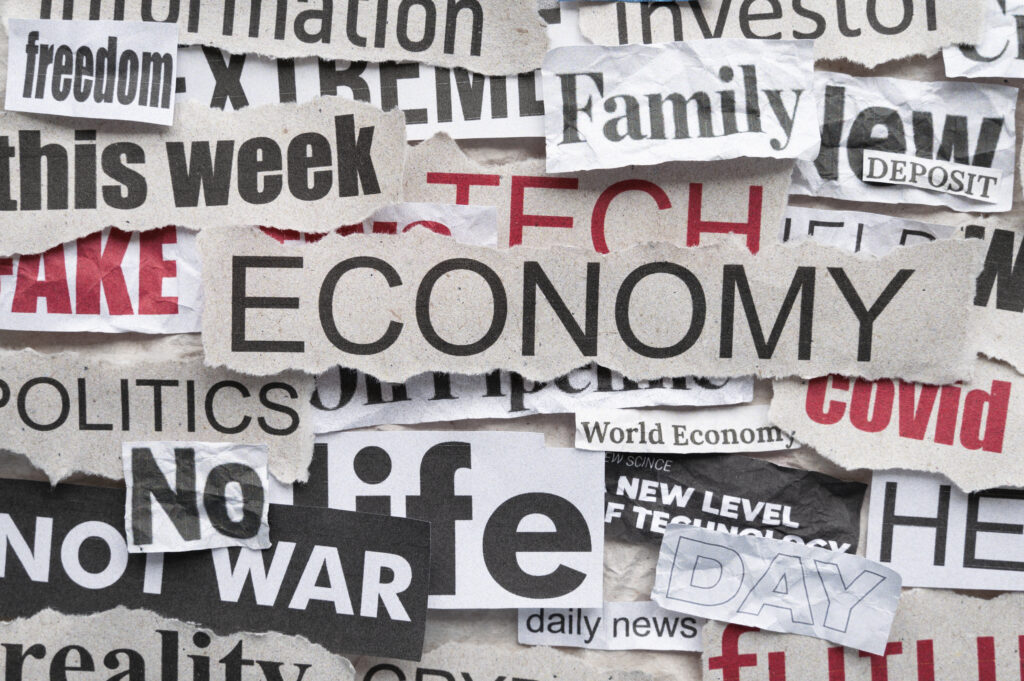
4. The News and Overthinking
We’ve all experienced how constant exposure to negative news can take a toll on our mental health—especially during something as all-encompassing as the Covid pandemic. Staying informed is important, but obsessing over every detail of what’s wrong in the world doesn’t help anyone. It keeps us in a state of alarm, wired to anticipate danger—even when there’s nothing we can act on.
Our bodies weren’t designed for the endless stream of information and stimulation we face today. Thousands of years ago, the news we received was about what was happening in our immediate surroundings because that was what mattered to our survival. Now, we’re bombarded with global tragedies, crises, and conflicts, in real time, all day, every day. And of course, the news rarely highlights what’s going right in the world; it tends to amplify what’s wrong.
Constant exposure to negative news can leave us feeling anxious and overwhelmed. We may feel like we need to know everything happening in the world, but obsessing over every crisis does more harm than good. We’re wired to worry about what’s wrong because our brains crave a sense of control. But in today’s world, we have little control over global events.
This constant information overload can make us dwell on the negative, amplifying feelings of helplessness and stress. And when we can’t control what’s happening in the world, we compensate by overthinking the small details in our own lives. We hyper-focus on things we can control—our to-do lists, what others think of us, or how we might prevent bad outcomes. But overthinking doesn’t solve problems—it only drains our energy and increases anxiety.
Just like the news, overthinking pulls us into a spiral. Instead of helping, it traps us in our heads, making it harder to focus on what really matters. Recognizing when we’re spiraling and stepping back can help break the cycle. Whether it’s limiting our news consumption or practicing mindfulness to redirect our thoughts, controlling how we engage with information can significantly reduce stress and help us feel more centered.
Understanding the Chaos
I like to watch the news through the lens of a nature documentary. Humans are fascinating creatures, constantly trying to control the chaos and natural forces around us, convincing ourselves we have power over it all. It’s a wonder our systems work at all when you really think about it. We’re not that far removed from wild animals when emotions run high—reacting out of fear, aggression, and the primal drive to be “the survivor.” We’re hormonally charged, highly reactive, and those emotions shape the way we see and respond to the world. Our leaders are no different.
The systems meant to provide stability often end up feeling chaotic and overwhelming. I don’t have all the answers, and honestly, I doubt we’ll ever live in a world that works perfectly for everyone. That’s not how life works. The universe itself offers evidence that whatever is possible, will be. Fear, hate, and ignorance are all natural and will always exist. But so too are love, community, and understanding—just as natural and enduring.
When the news highlights humanity’s worst behaviors, it’s easy to feel like the world is a terrible place, full of people who can’t be trusted. That feeling can seep into how we treat others, leading us to respond to negativity with more negativity. If you’ve ever seen animals pass frustration along a chain, you’ll recognize the pattern. I have four cats, and when one has a moody morning, it doesn’t take long before the others are involved. One lashes out at another, who then takes it out on the next, until the most peaceful one of the bunch—the one who never fights—ends up on the receiving end of everyone else’s bad moods.
Humans are surprisingly similar. Strip away our words and justifications, and many of our conflicts boil down to inner turmoil spilling out onto others. The more we internalize the negativity we see in the world, the easier it becomes to pass it along—sometimes without realizing it. But we can choose to break the cycle. When we recognize that much of the anger and fear around us stems from unprocessed emotions, we can step back and respond with compassion rather than reaction.
The most meaningful way to counteract the negativity we see in the world is to consciously bring more good into it. Every interaction, no matter how small, ripples outward. Think of the times someone’s kindness or cruelty left a lasting impression on you. A kind gesture in a moment of darkness can shift a person’s perspective, just as harsh words can make the world feel even heavier.
When the news stirs up feelings of despair or anger, it’s tempting to mirror those emotions in our own lives. But we don’t have to stoop to the level we believe the world is operating at. Instead of feeding into the cycle of negativity, we can choose to rise above it. Sometimes, the kindest and most powerful thing we can do is not react to others’ reactivity. By staying calm and choosing compassion, we show that there’s another way—one that doesn’t add more fuel to the fire but instead creates space for healing and hope. (Don’t be an angry cat!)
Making the News Work for You
You don’t have to ignore the news completely or bury your head in the sand. The key is setting boundaries. Check in briefly at specific times of the day, and stick to trusted sources. Once you’ve caught up, balance the negativity with a dose of good news—it’s out there, but you may need to look for it.
Some websites I’ve found helpful for positive stories include:
- Good News Network
- The Optimist Daily
- Upworthy
- Newsela is an excellent news app designed for kids, offering them a way to engage with current events in a more age-appropriate way. Unlike many mainstream news sources, Newsela focuses on delivering information without overwhelming young readers with negativity. It’s a great tool for fostering curiosity and helping kids stay informed while learning to critically evaluate the world around them. I end up using it more than my daughter—it’s perfect for anyone looking to access news without getting bogged down by the usual sensationalism. Whether it’s for educational purposes or just to stay informed, Newsela provides a thoughtful, positive alternative for younger audiences.
Remember, stepping away from the constant stream of bad news isn’t about avoiding reality; it’s about protecting your well-being so you can show up fully for your life—and for the people in it.

5. Skipping Self-Care
Neglecting your basic needs—like rest, hydration, and mental downtime—can make everything feel harder. Even setting aside just a few minutes a day for something that replenishes you can make a big difference.
As moms, this one can be especially hard. Often, saying “yes” to time for yourself means saying “no” to something for someone you love—or at least someone you feel obligated to. But it’s important to recognize that taking care of ourselves isn’t a luxury, it’s a necessity.
I find it helpful to look at children for a clear example of why rest and replenishment are essential. When a child is struggling with their emotions, it’s often easy to see the cause. Maybe they’ve had too much activity and not enough downtime, skipped meals or hydration, or faced stress at school or with a friend. As parents, we can instinctively recognize that what they need is a break—be it a nap, a snack, a hug, or just a little time to process.
Yet, as adults, we often neglect to give ourselves the same care. We might think that we don’t deserve the same breaks, or that we’re not allowed to take time for ourselves without someone else stepping in to take care of us as we do for others. Where does that idea come from? Likely from the adults in our own lives when we were younger—who gave advice but didn’t model self-care for themselves.
Taking time for yourself to rest and recharge is not selfish. In fact, it’s the best thing you can do for your loved ones. If this means saying no to a few more things or putting off a few obligations, that’s okay. When I struggle with this, I think about what I would want my daughter to do if she were in a similar situation. If she was under pressure to perform and fit more into the day than possible, would I want her to keep pushing herself until she burns out? Or would I want her to learn how to create healthy boundaries and make time for her own well-being?
What I want for her, I have to model myself—not just talk about. And we’re getting there. She’s witnessed me getting it wrong and now, trying to get it right. When she starts pushing herself too hard, I gently remind her, “Who do you like better—mom who takes breaks, or mom who never slows down?”
We do our best work, and offer our best friendship, when we’re taking care of ourselves. After all, it’s the only way to have something left to offer others.
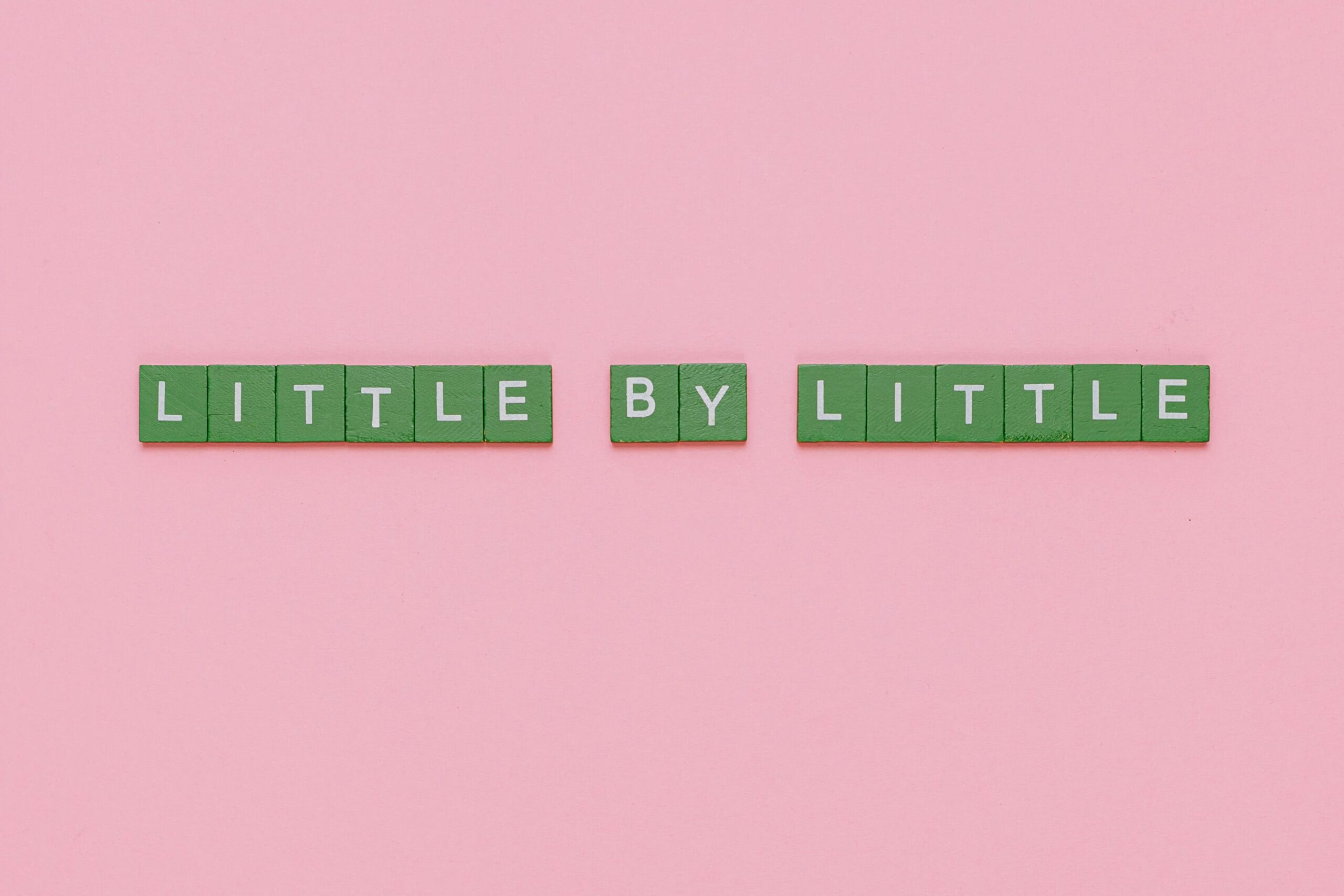
Little by Little, a Little Becomes a Lot
The little things we do—or don’t do—each day add up, and making a few mindful shifts can have a profound impact by the end of the week. Whether it’s cutting back on caffeine, stepping away from your phone, or setting boundaries with the news, each choice is a step toward feeling calmer, clearer, and more in control.
Remember, these are not about instant perfection but about progress. Even small improvements can snowball into a noticeable difference. By avoiding these five common pitfalls, you’re creating space for more energy, focus, and joy in your daily life.
You’ve got this. Take it one step, one choice, and one day at a time. By the end of the week, you’ll be glad you did.
“Realize deeply that the present moment is all you ever have. Make the Now the primary focus of your life.”
—Eckhart Tolle
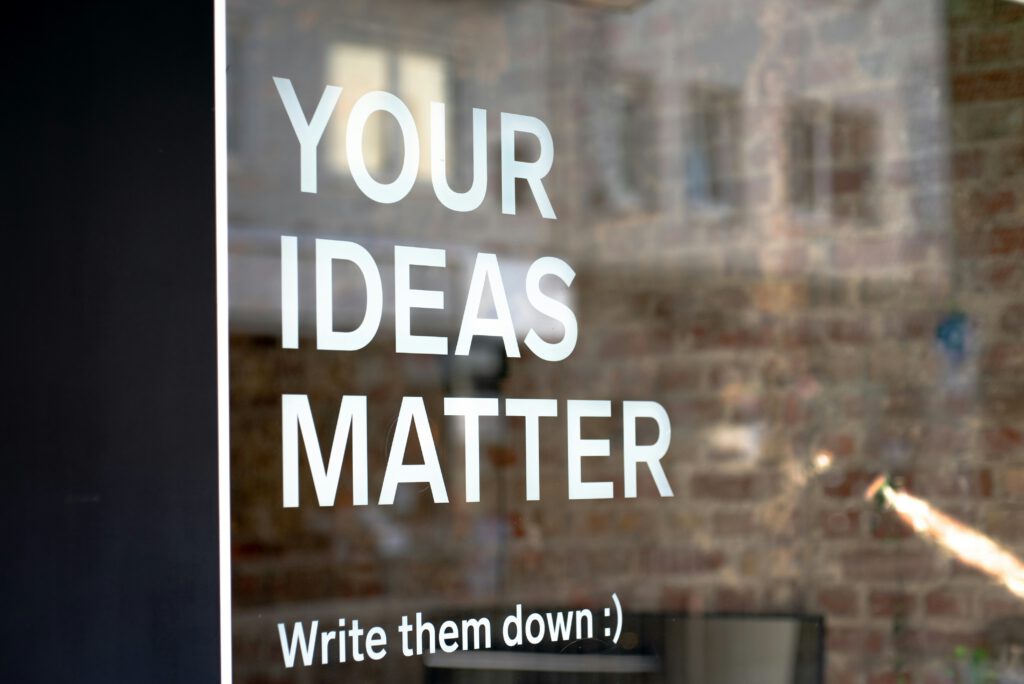
Which of these shifts have made the biggest difference for you? Have you discovered other ways to break free from stress spirals and feel more grounded? I’d love to hear what’s helped you the most—share your thoughts in the comments or connect with me through the contact page.
Eventually, I’ll be adding a section for shared stories from the MomBalm community—carefully selected and edited to highlight the ideas and experiences that have brought more meaning and balance to the lives of our community members. My goal is to create a space where we can learn from one another and share our collective wisdom to support and uplift each other. So, if you have a story, tip, or insight that you think could help another mom, I’d love for you to send it my way!


Leave a Reply